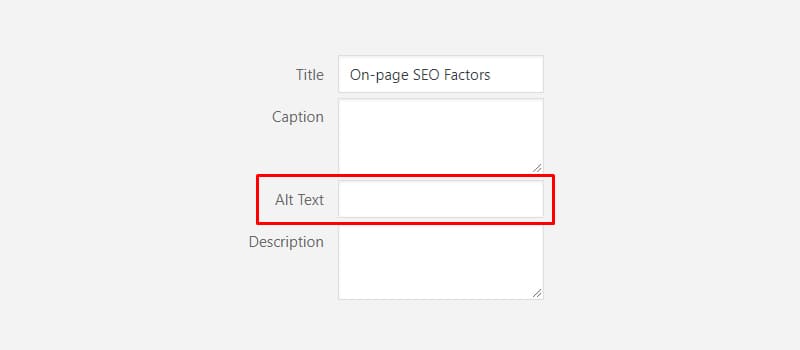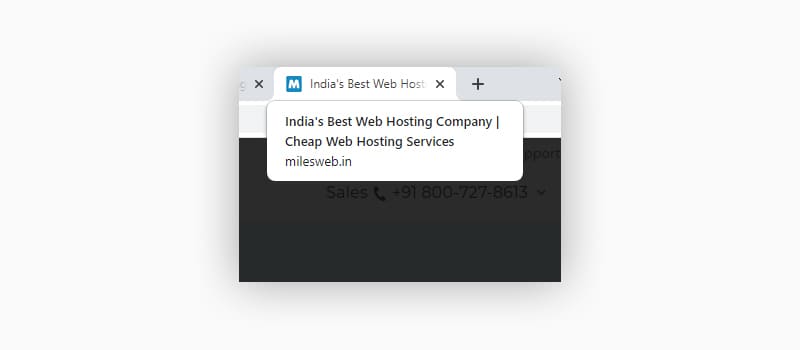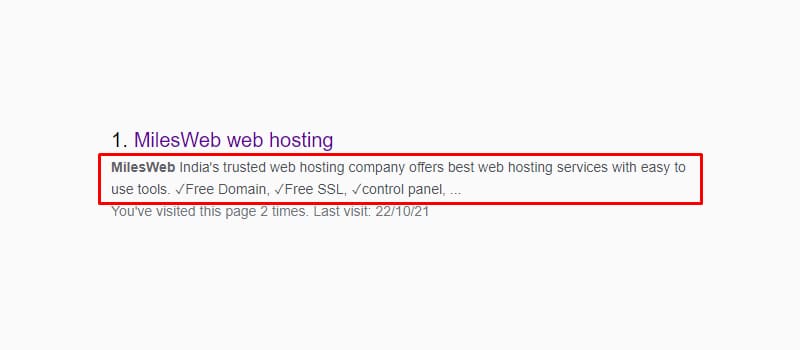Remember how you had to maintain your appearance in school and make sure you obeyed all of the rules? That’s called discipline, and it was done for you to improve as a person. Google ranking is similar to your school. It has rules like off-page and on-page SEO factors. If you fail to follow them, you may not grow because discipline is essential when it comes to search engines too.
In other words, you must follow all Google algorithms and norms to increase your website ranking (growth). Otherwise, you may face difficulty adapting to changes and reaching potential goals.
So if your website rankings are dropping, there is a possibility of unmet norms. Even if you are taking care of them consistently, there could be something done wrongly.
Google ranking factors entirely depend on the algorithm set by Google. I have done my best to explain the on-page SEO factors and issues that you may have to fix. Once you do that, you will see a good improvement in your website rankings.
9 On-page SEO Factors That Drop Website Rankings
Here are the nine issues that your website competes with in order to rank!
1. Broken Images
Media is something that we consider putting on our website since it defines our brand and content. It also helps in attracting visitors and customers. So it does play a crucial role in the branding and growth of your website.

However, if your website or individual posts contain broken images, it is adversely going to affect the rankings. Broken images mean images that you cannot see on the web page. They have a small icon and are invisible.
The more you have such images on different pages of your website, the more it will impact the growth. You must fix these issues by changing the media and ensuring they are visible.
2. High-Resolution Images
Images that are big in size increase the loading time of the website. If you have many such pictures, the entire website, in general, will experience a bad response time.
It is usual for a visitor to be moody. They want their searches to show results immediately, without even waiting for a second. If your website speed is slow due to high-resolution images, you need to compress them.
Try sticking to one size and dimension throughout the website, and see the growth! Your website’s google ranking factors will increase, leading to better organic traffic.
3. Broken Links
The next in the list is broken links. Most websites’ on-page SEO factors have issues due to broken links, which eventually affect off-page SEO.
If there are many broken links, the page authority will drop, leading to a decrease in domain authority. It is crucial to have frequent checking of all the pages on your website to avoid facing such issues.
On-page SEO and off-page SEO contribute to Google rankings and an increase in domain authority. If you don’t do any of them properly, it will affect the overall growth of the website.
So what you can do is, fix a day and every week analyze your web pages. For instance, you have set Wednesday as the day. So every week on Wednesday, you have to go through a few web pages and check the links.
If there are any broken links, remove them right there. Plus, replace them with functioning links.
4. Missing Alt Tags in Images
Alt tags contribute to generating more traffic to your website. It helps index pages in image search results. If your media do not contain alt tags, you may face difficulty ranking your pages.
 Alt tags refer to a short description of your image. It could be in two-three words or a short line. You can even use focus and alternative keywords in your Alt-tags to increase ranking factors, but never keep it empty.
Alt tags refer to a short description of your image. It could be in two-three words or a short line. You can even use focus and alternative keywords in your Alt-tags to increase ranking factors, but never keep it empty.
To know more about 4 golden rules to optimize images for your website click on this link.
5. Title Issues

For SEO purposes, page titles must be 60 characters long. If you exceed or keep it too short, it affects the Google ranking.
In fact, your title must include a keyword, power word and a number to increase on-page and off-page SEO factors. Titles are something that encourages visitors to click and browse. If they are missing, long, and unappealing, Google may not rank the page.
Google ensures that users must receive the best possible result. Your website may be attractive, but with small issues, you can lose rankings. So make sure your titles are appropriate and follow the norms.
You can also use an SEO tool/plugin that will help you with the same.
6. Meta Description
The meta description refers to a short description of the page. It is generally 160 characters long. Now, when I say short description it doesn’t mean a forceful description. It needs to be as apt as your title and page content.
It must define the web page content clearly in a few words, as it assists visitors to decide whether they should click on the link and browse those web pages of your website.
Here’s a meta description example.

7. Word Length
One of the essential on-page SEO factors that drop website rankings is Word Length. According to Google, your content must be either between 600 to 800 words or longer. If your web page consists of words less than 600, it may not provide you with the best results.
Google reads the content and analyses whether it is worthy enough to replace with other websites. If the content doesn’t do justice in fewer words, the web page may not rank, leading to an overall drop in website ranking.
8. Only One H1 Tag
Your website pages must have only one H1 tag. The rest could be H2 and H3. It is essential to include H2 and H3 tags for better curation and simplifying the content.
Although many websites exclude using H2 and H3, I recommend you to consider them. They will help you improve page authority, leading to better traffic and engagement, and will positively affect your website ranking and domain authority.
If your title is an H1 tag, include two-three subheads using H2 tags with subheads under them using H3 tags. It shouldn’t be too much or too little. Segregate it according to the page content word length.
9. Language Issues
Try avoiding these mistakes –
- SMS language
- Short forms
- Abusive language
- Too many negative words
- Harsh language
Google finds it unworthy of its users. So it excludes your website or the particular page from ranking.
Summing Up – On-page SEO Factors
Well, you must have understood the value of on-page SEO factors. You must have also realized the mistakes you have been making all this while. Since now you know which factors are dropping your website ranking, ensure you fix them immediately. Plus, as I mentioned, keep a day that you can use to make website analysis. That will help you in the long-term growth of your business/blog website.















